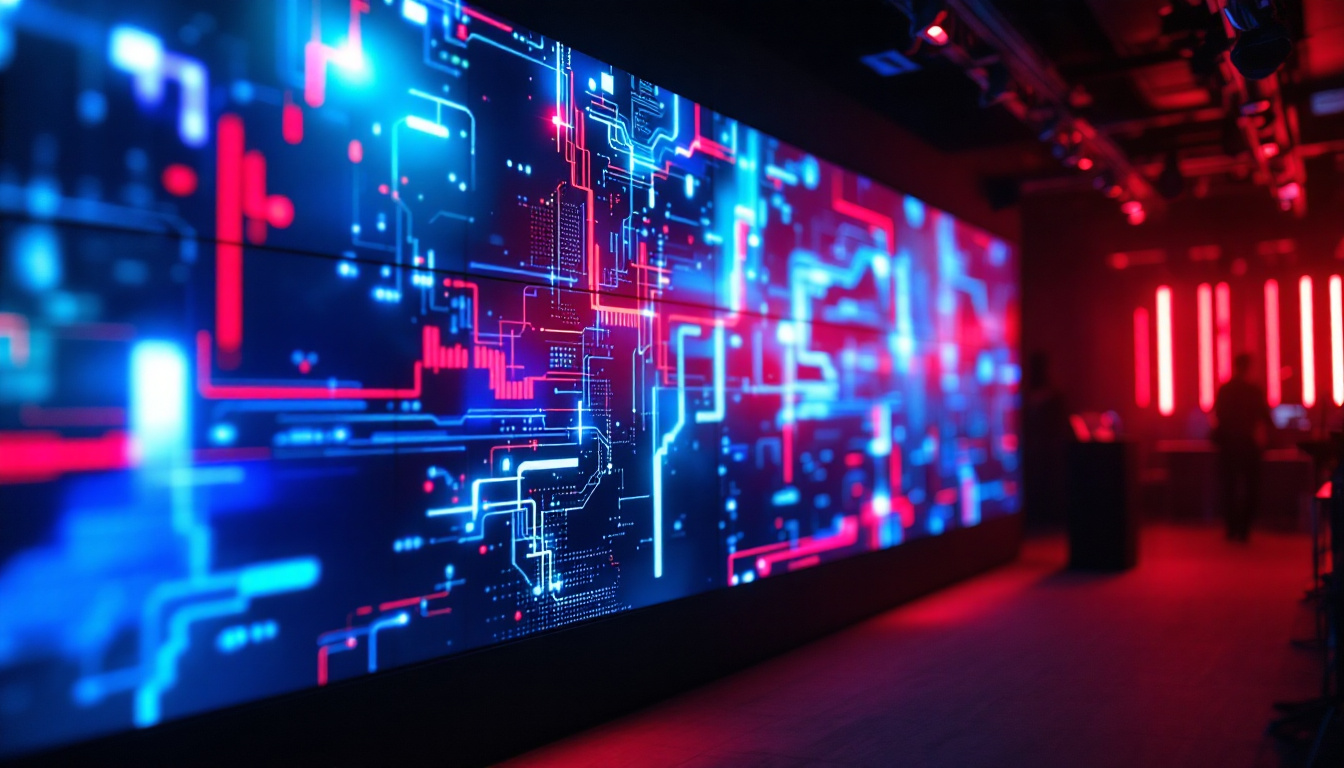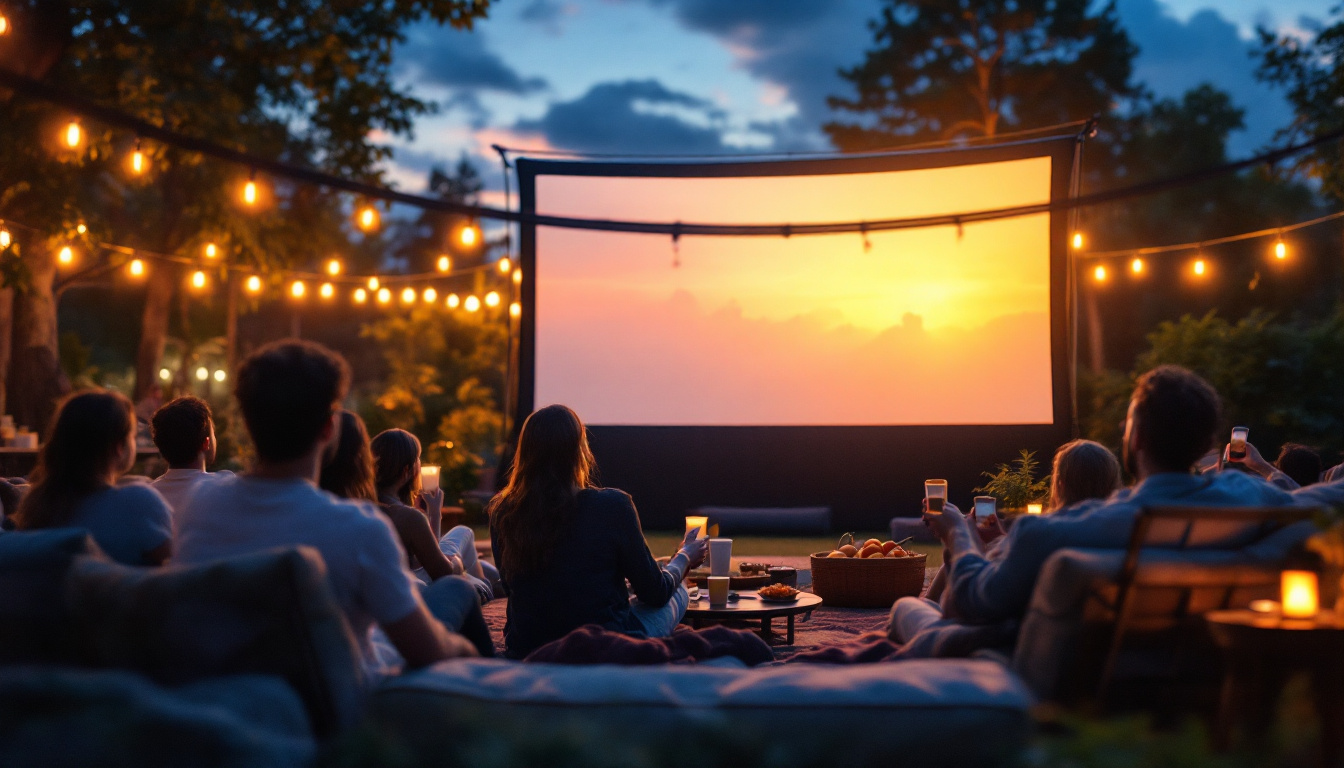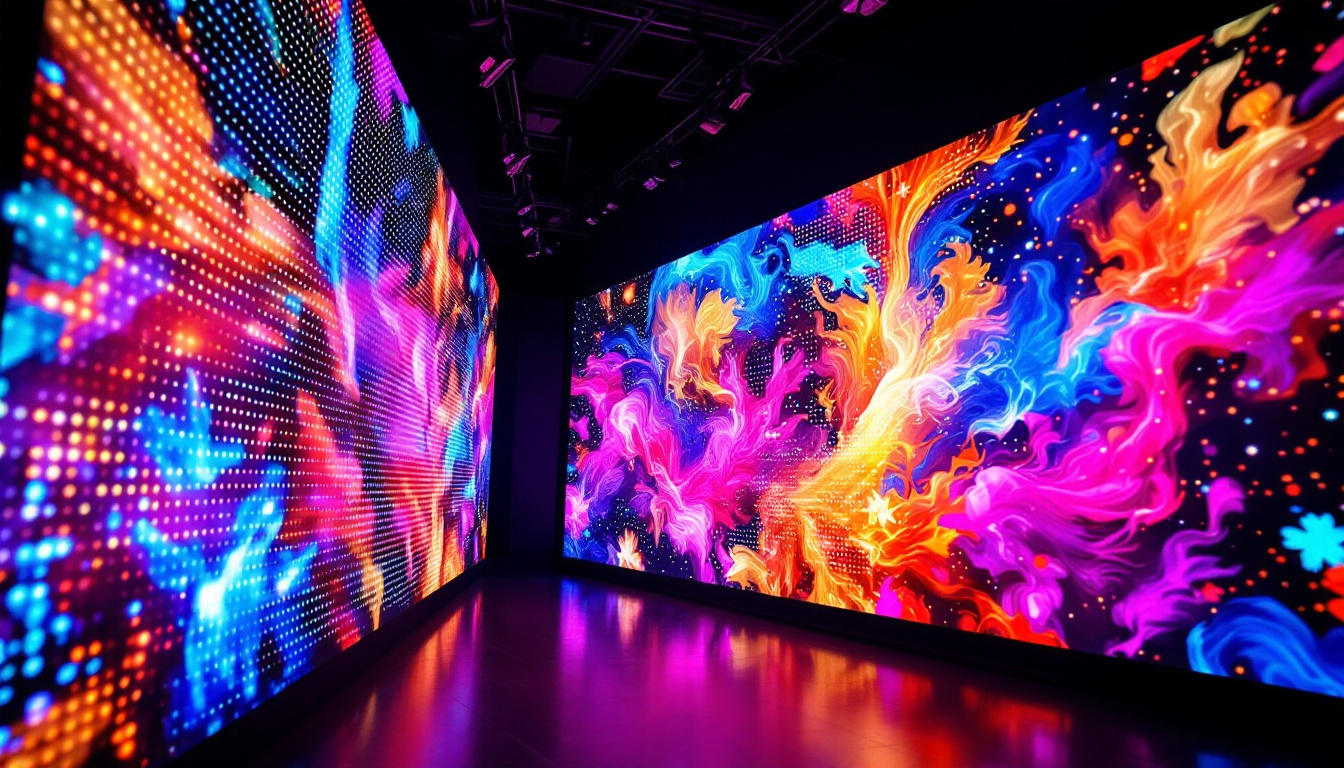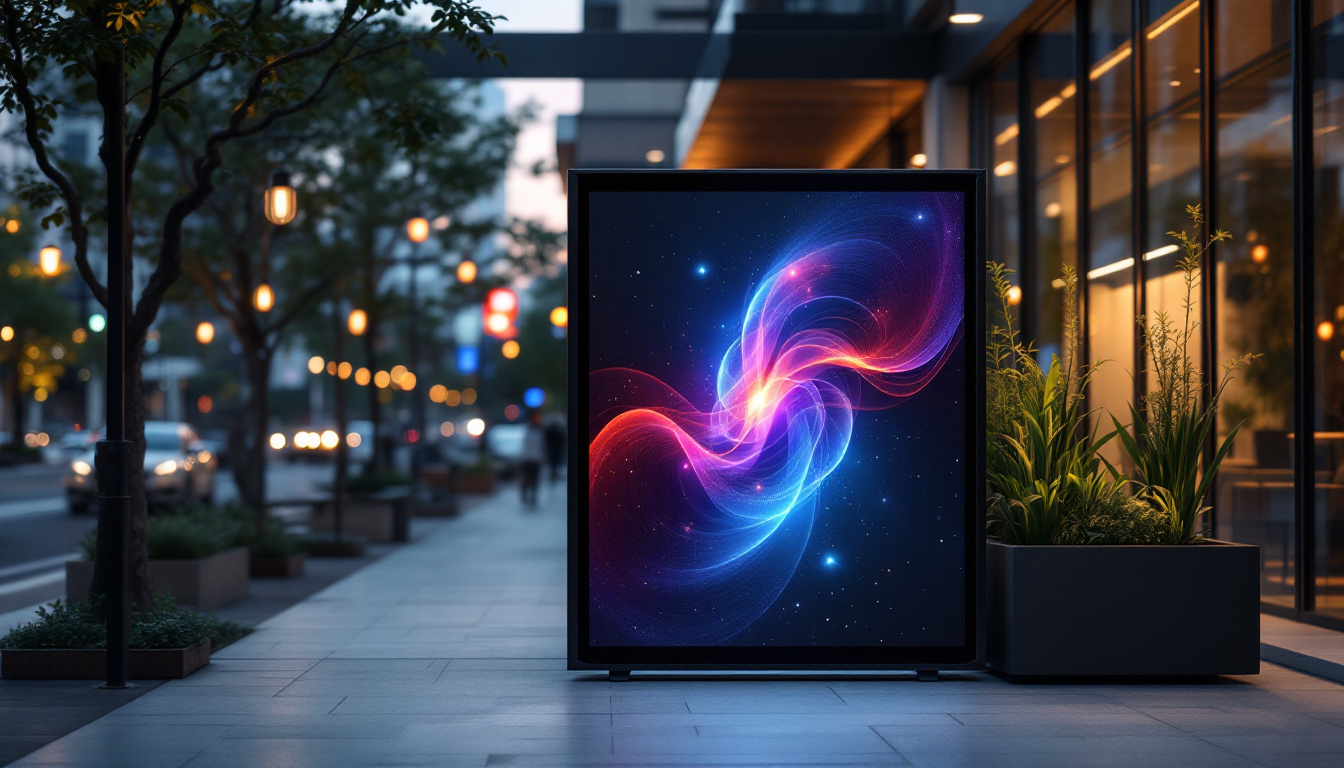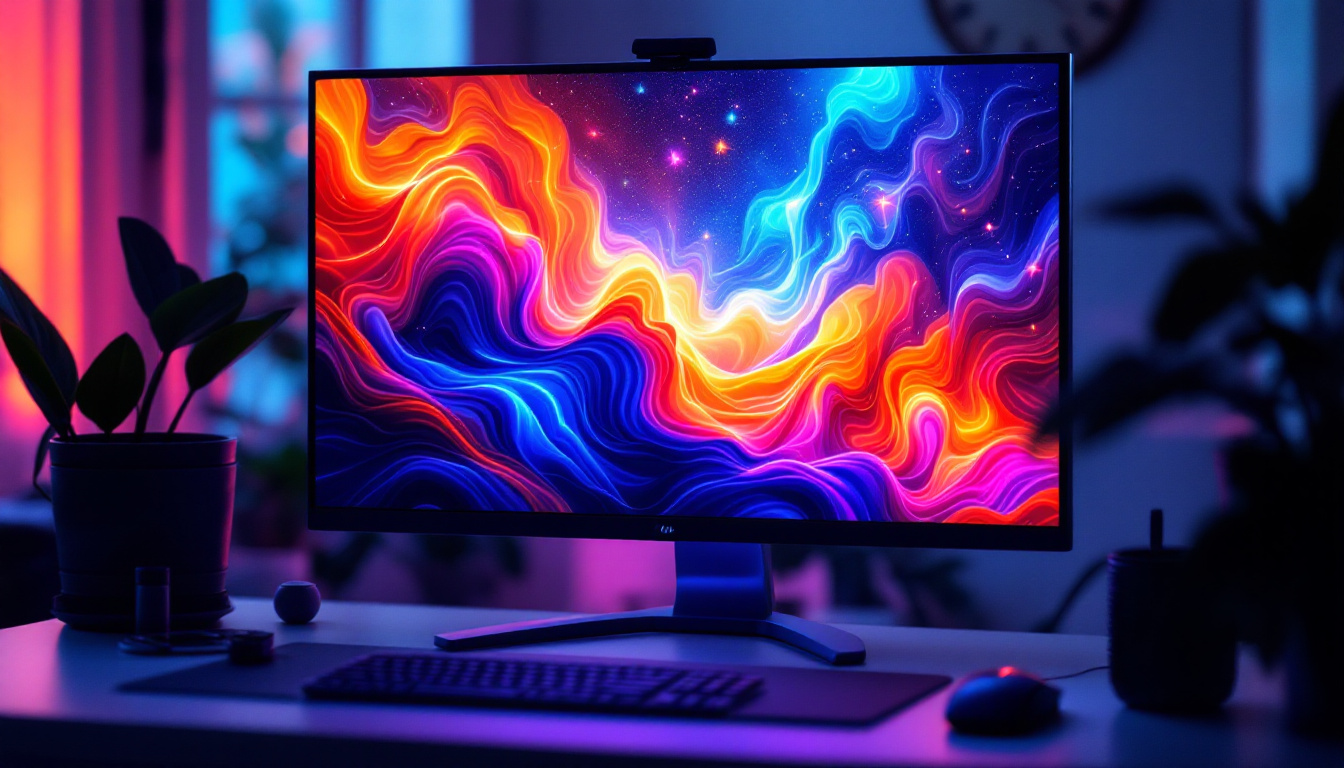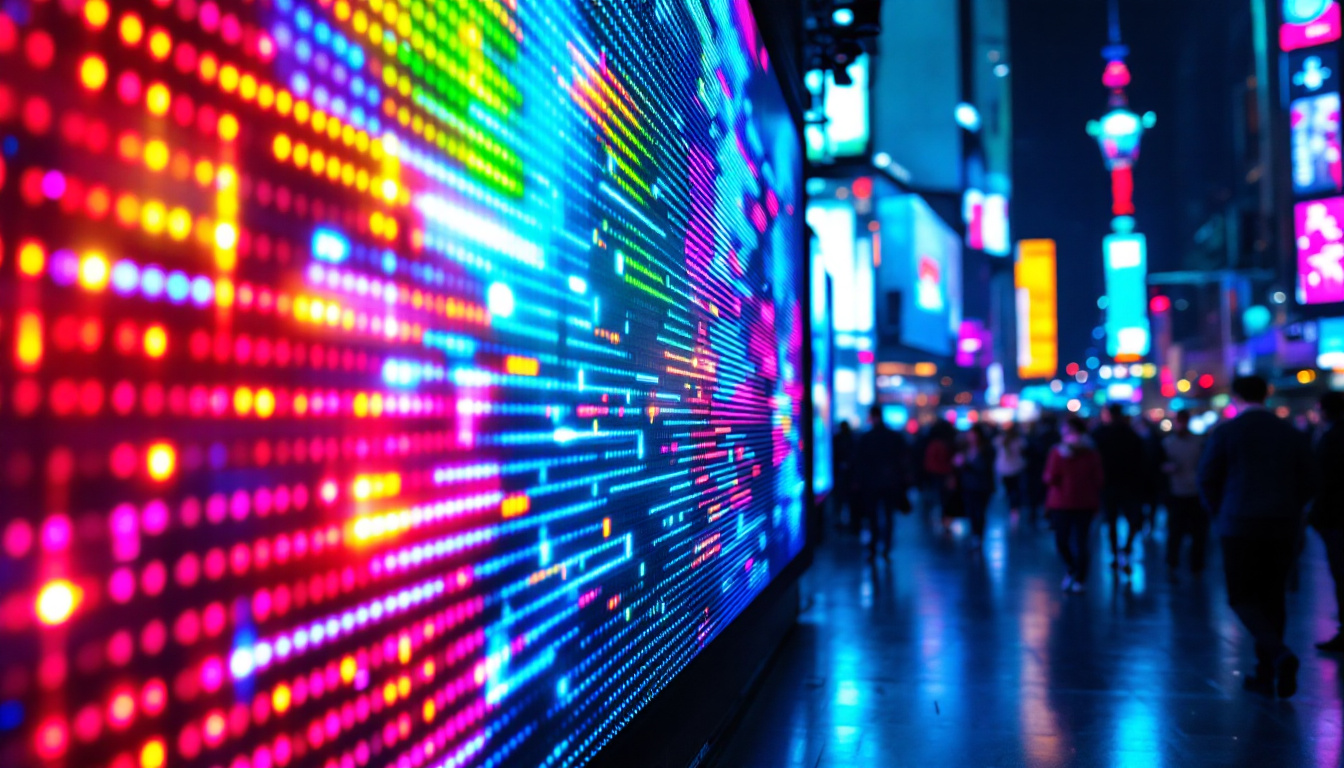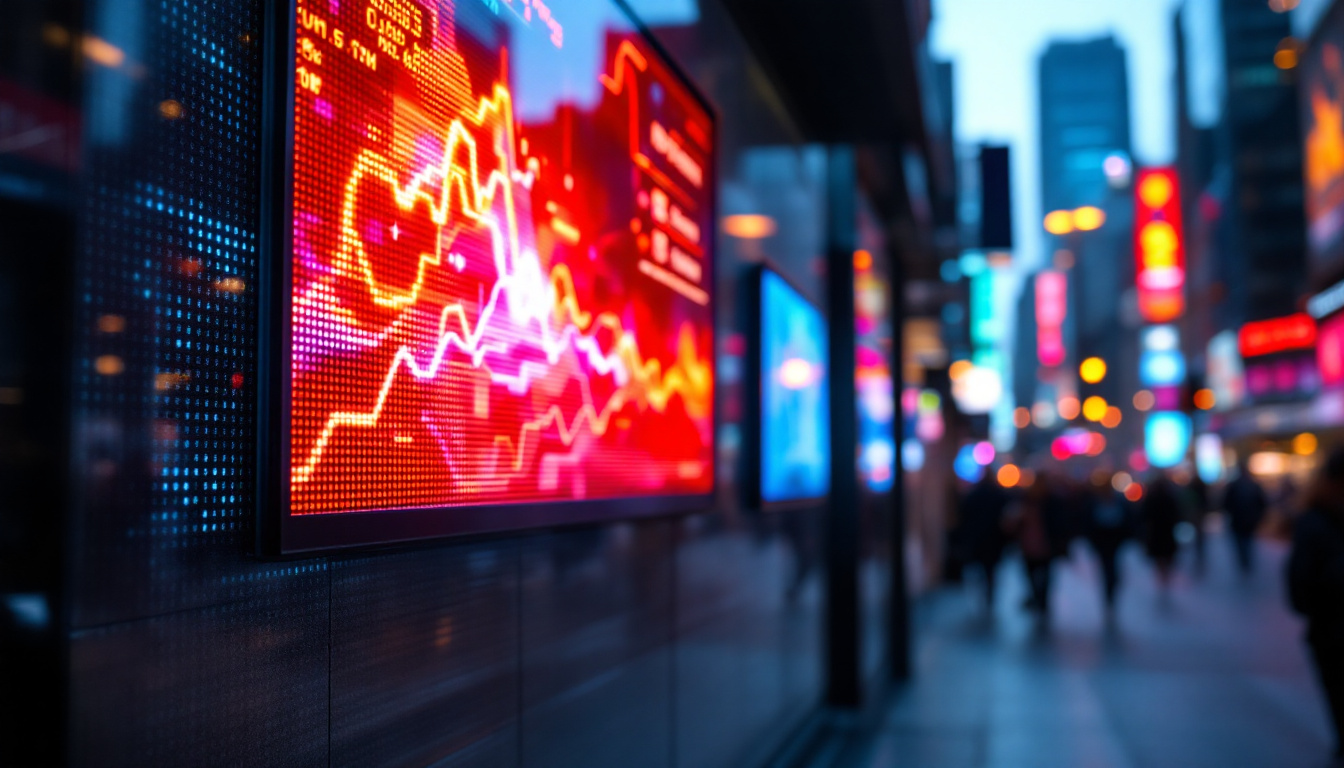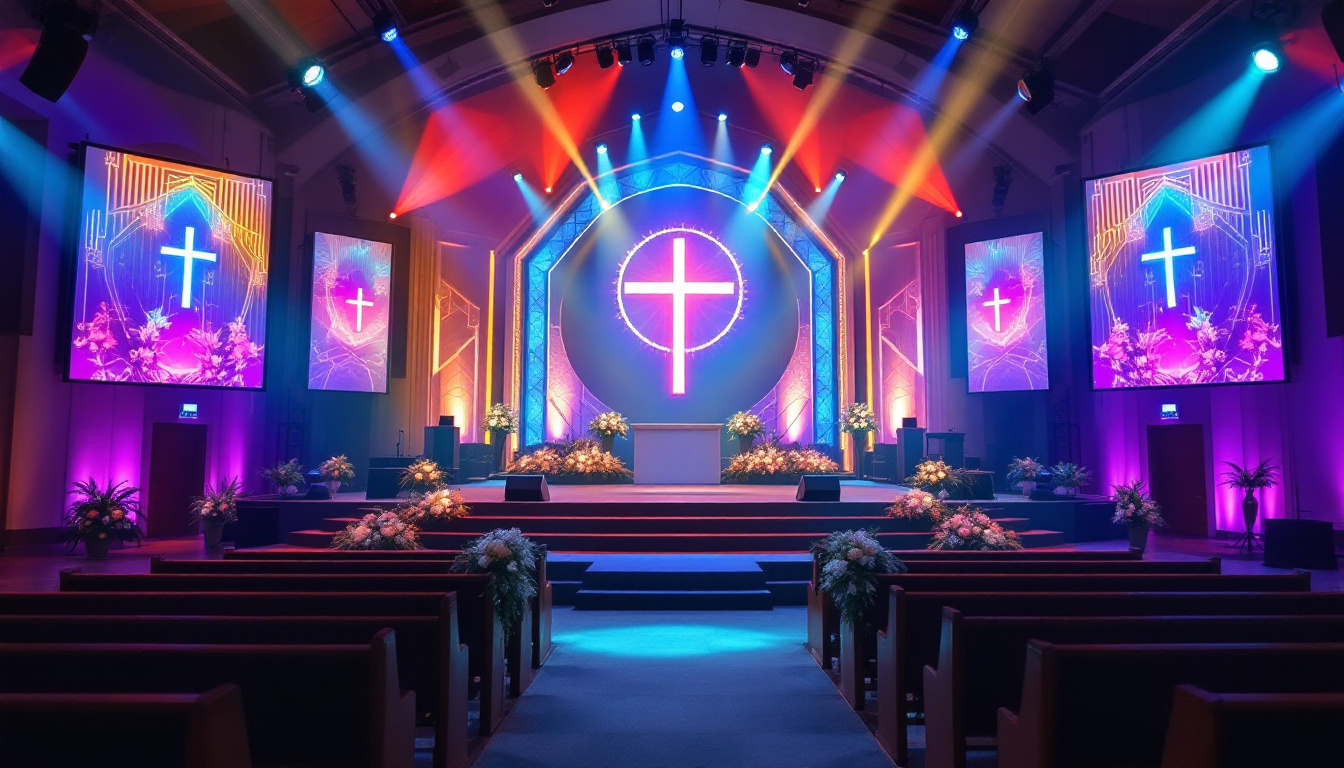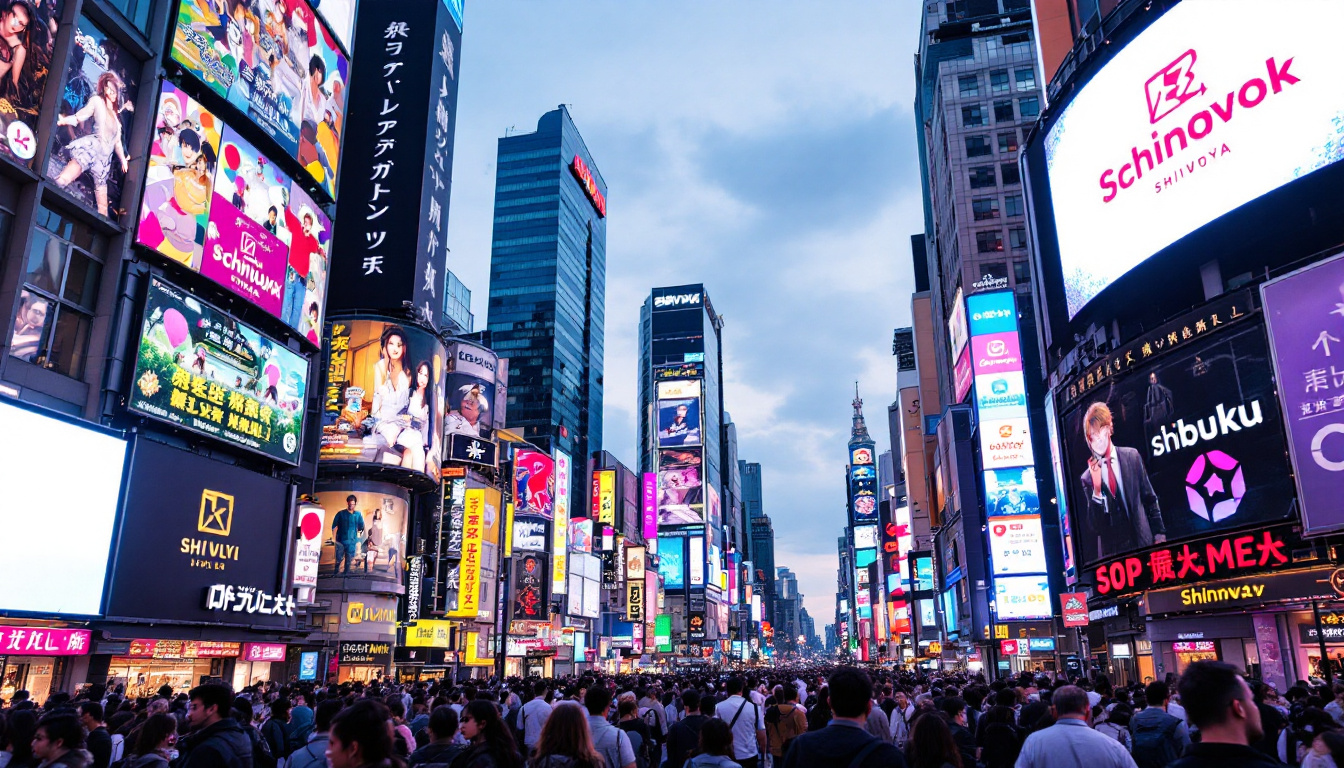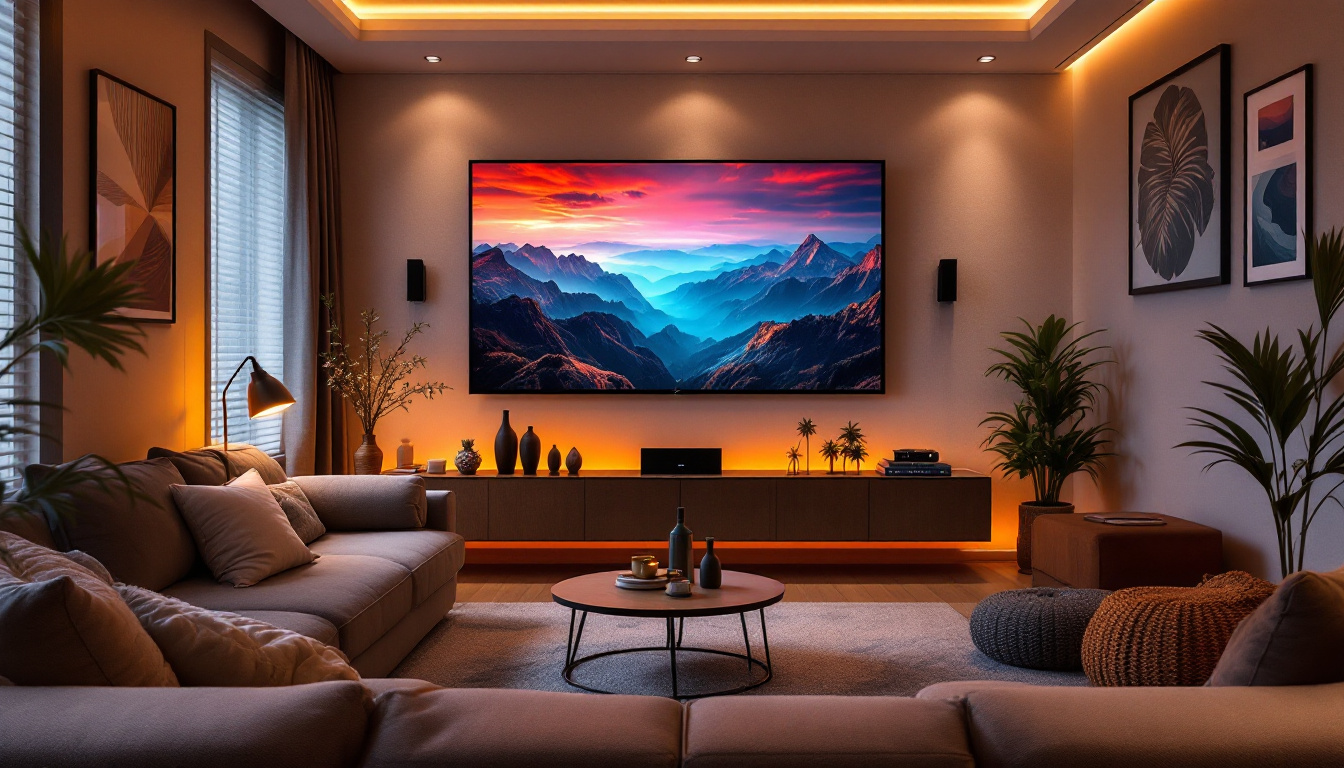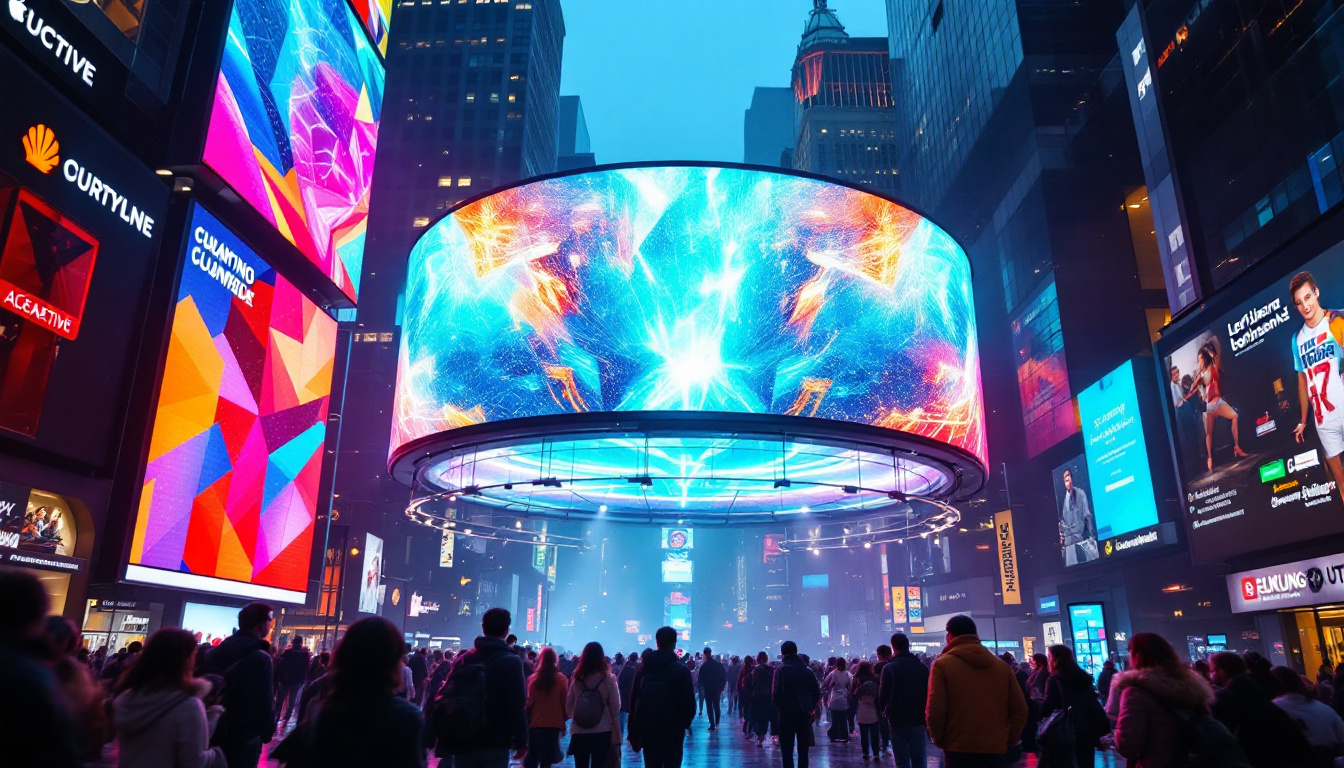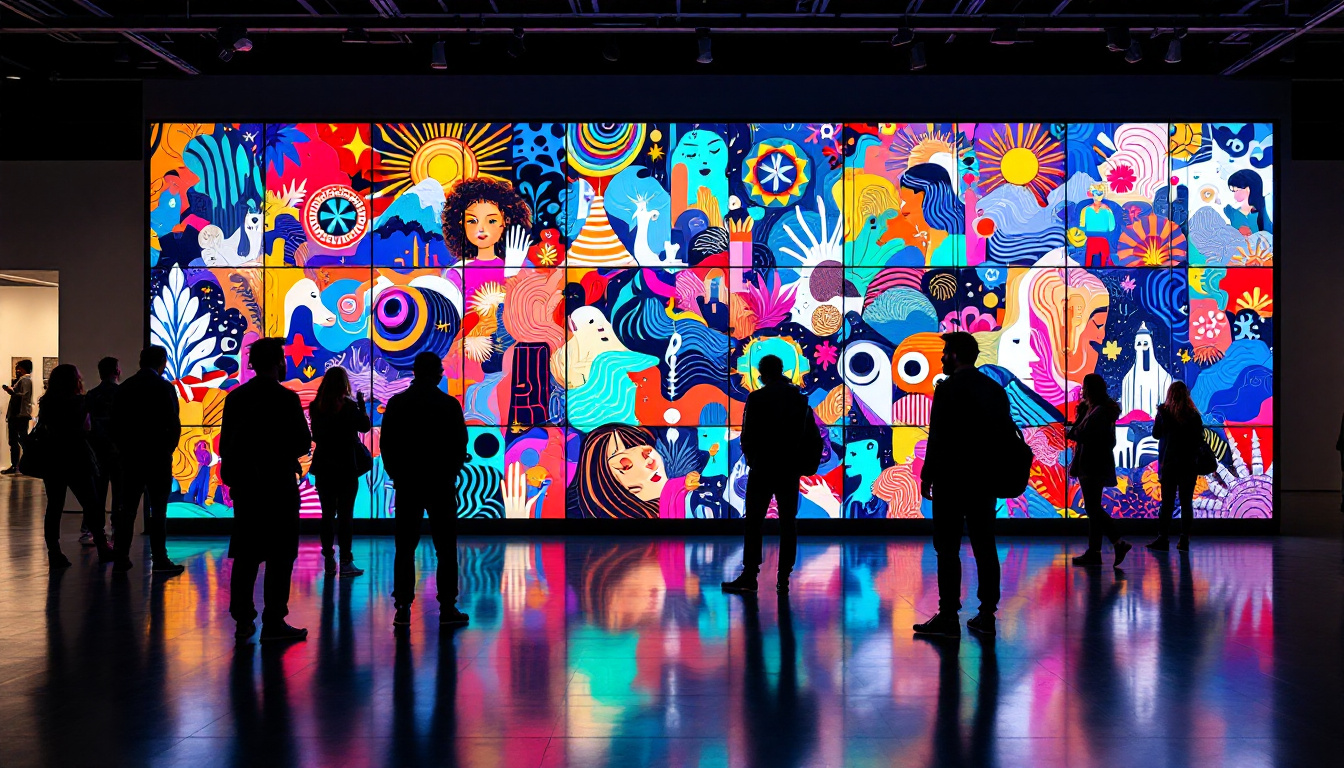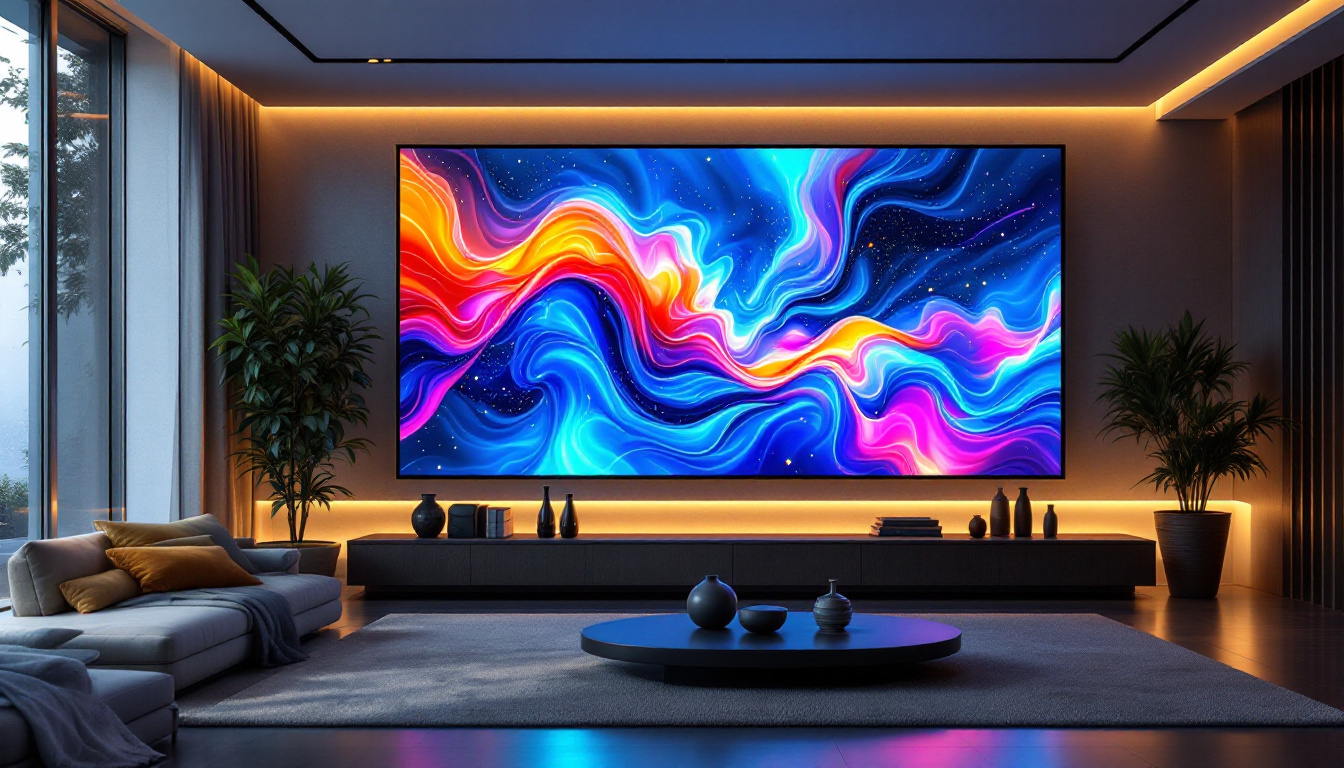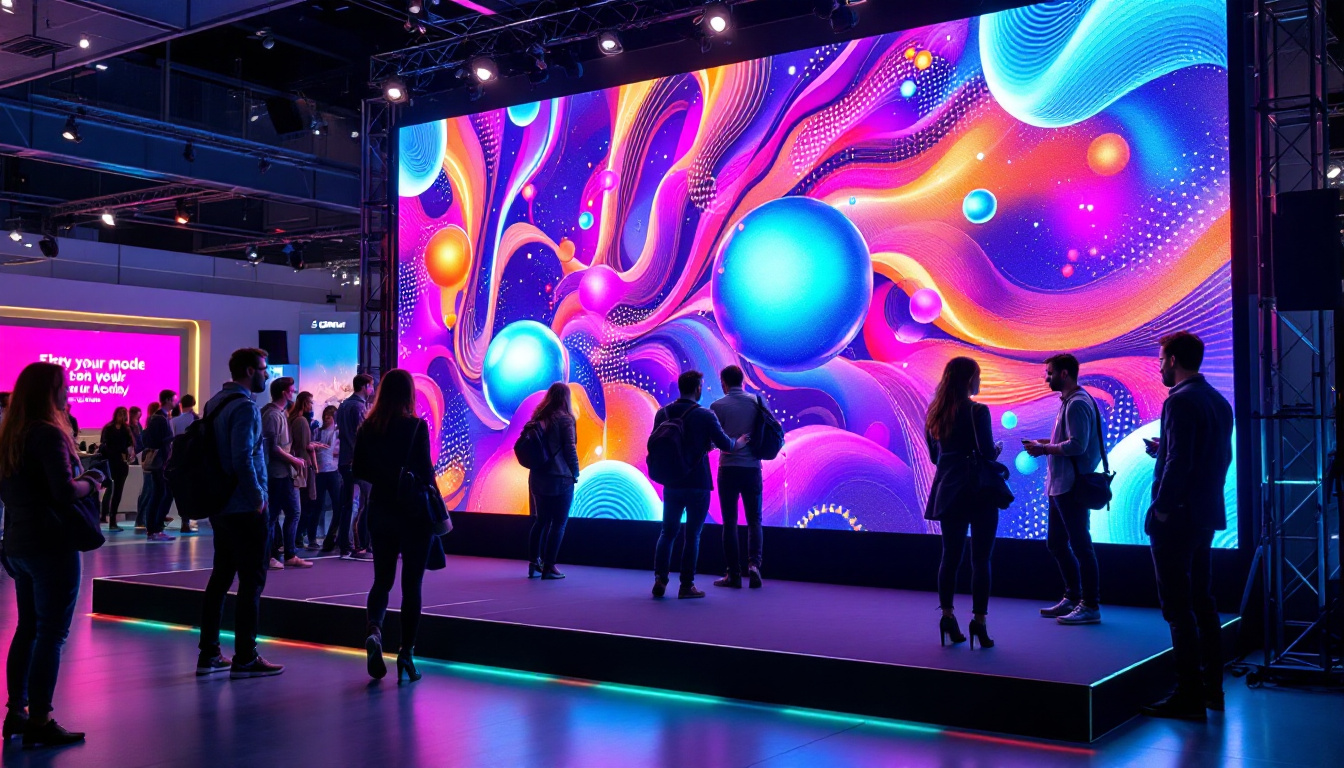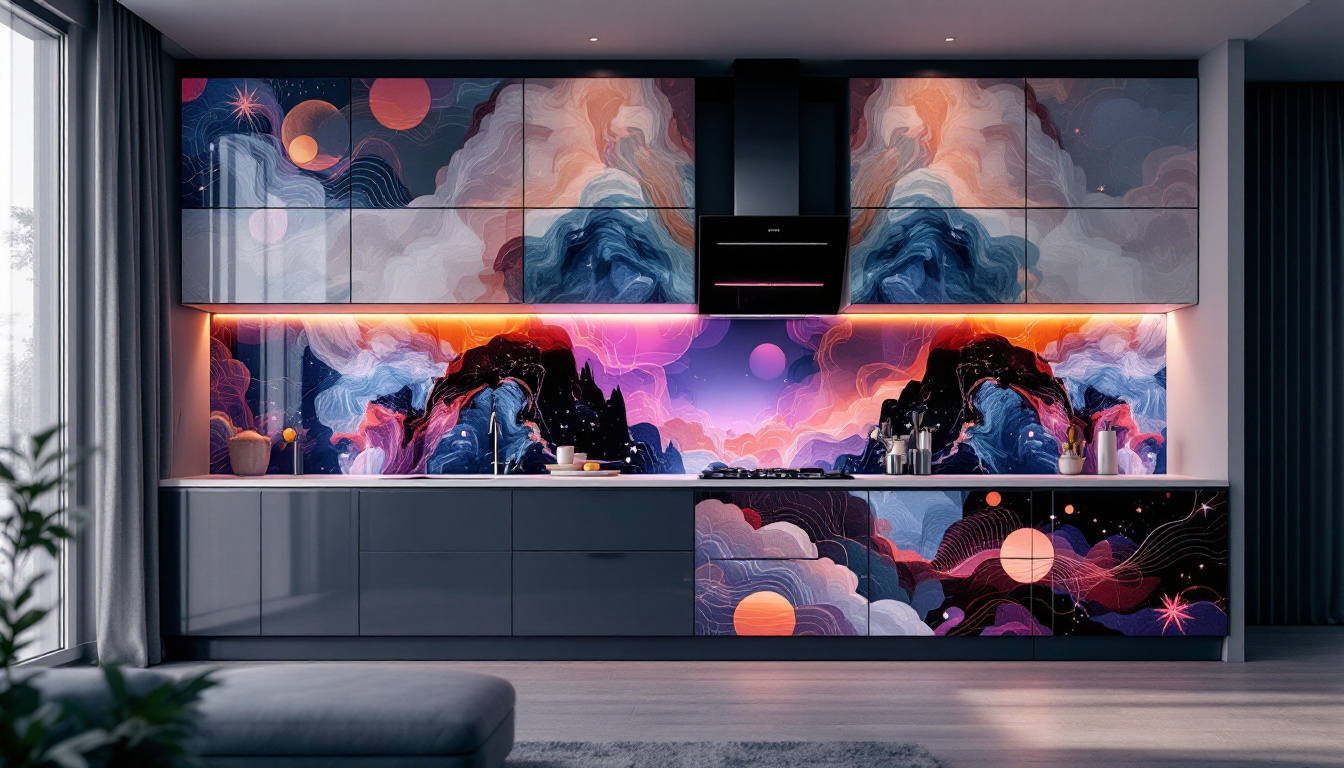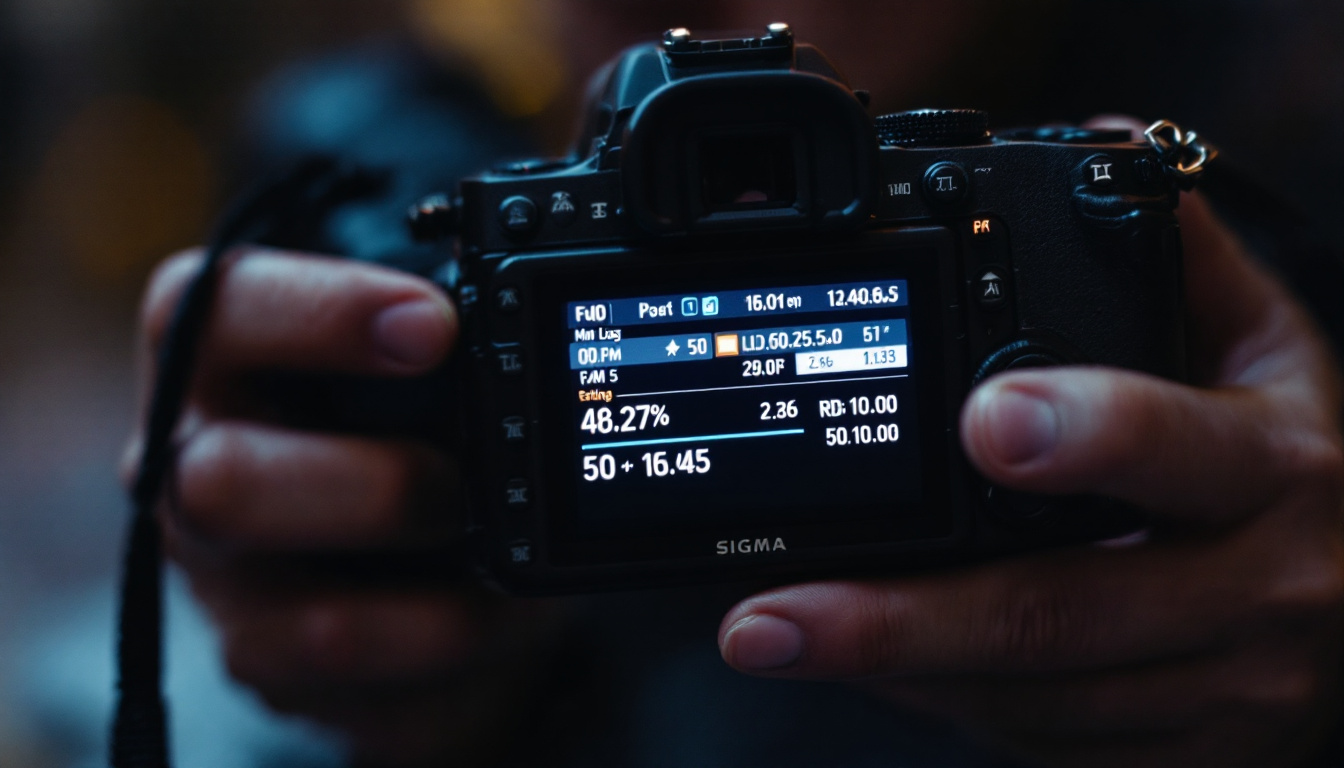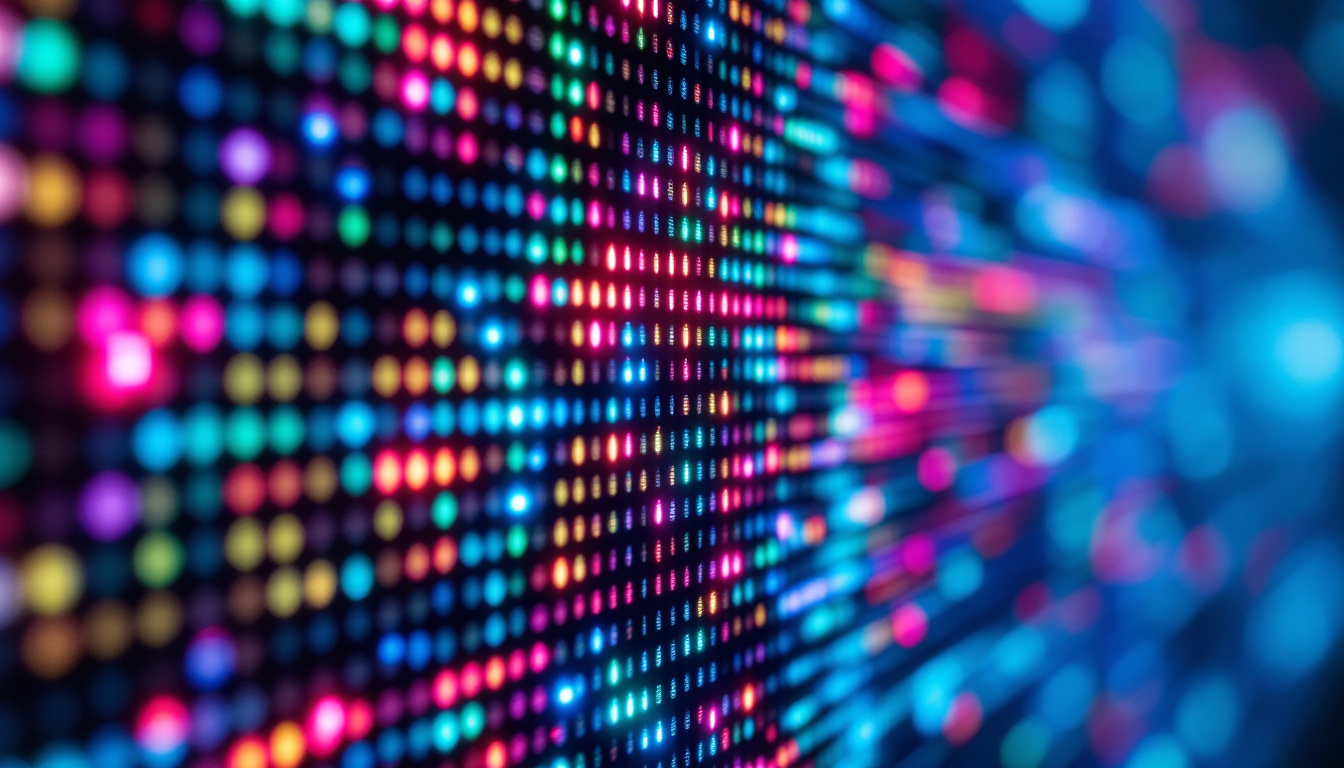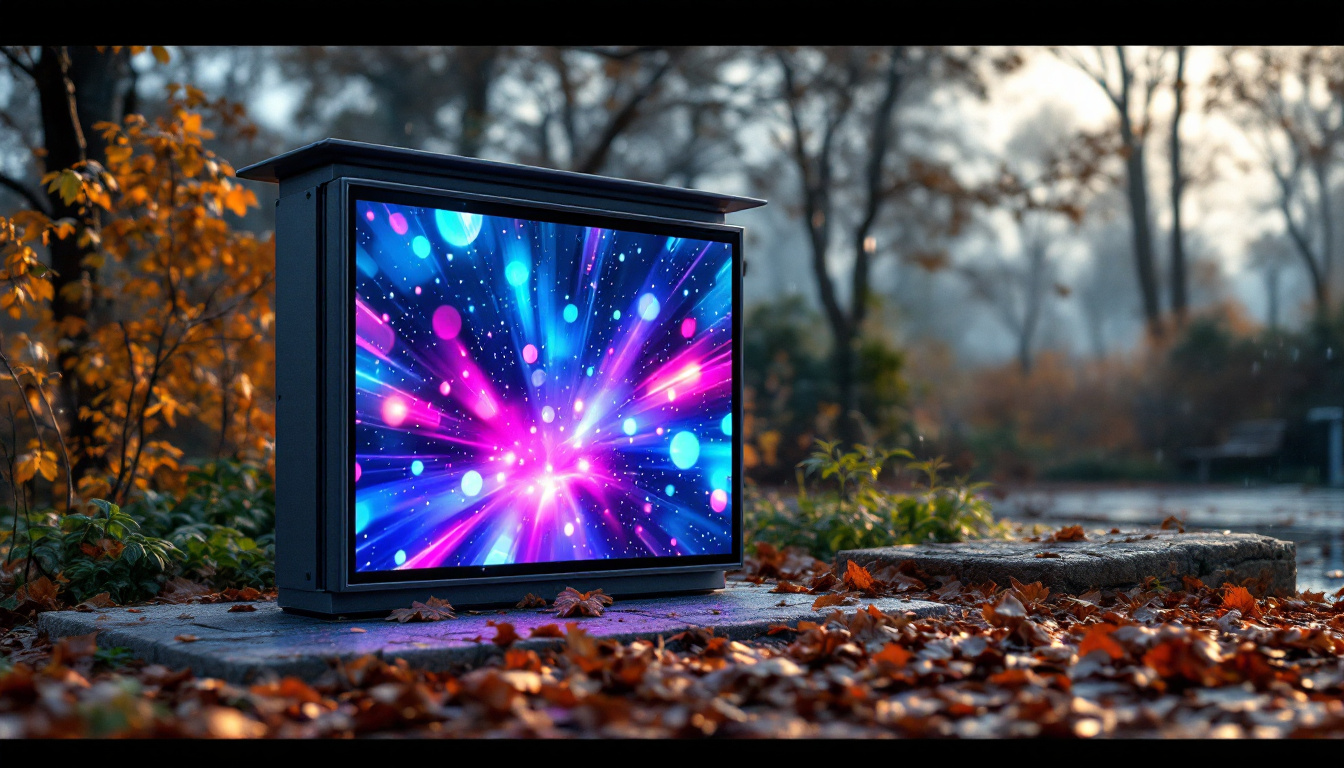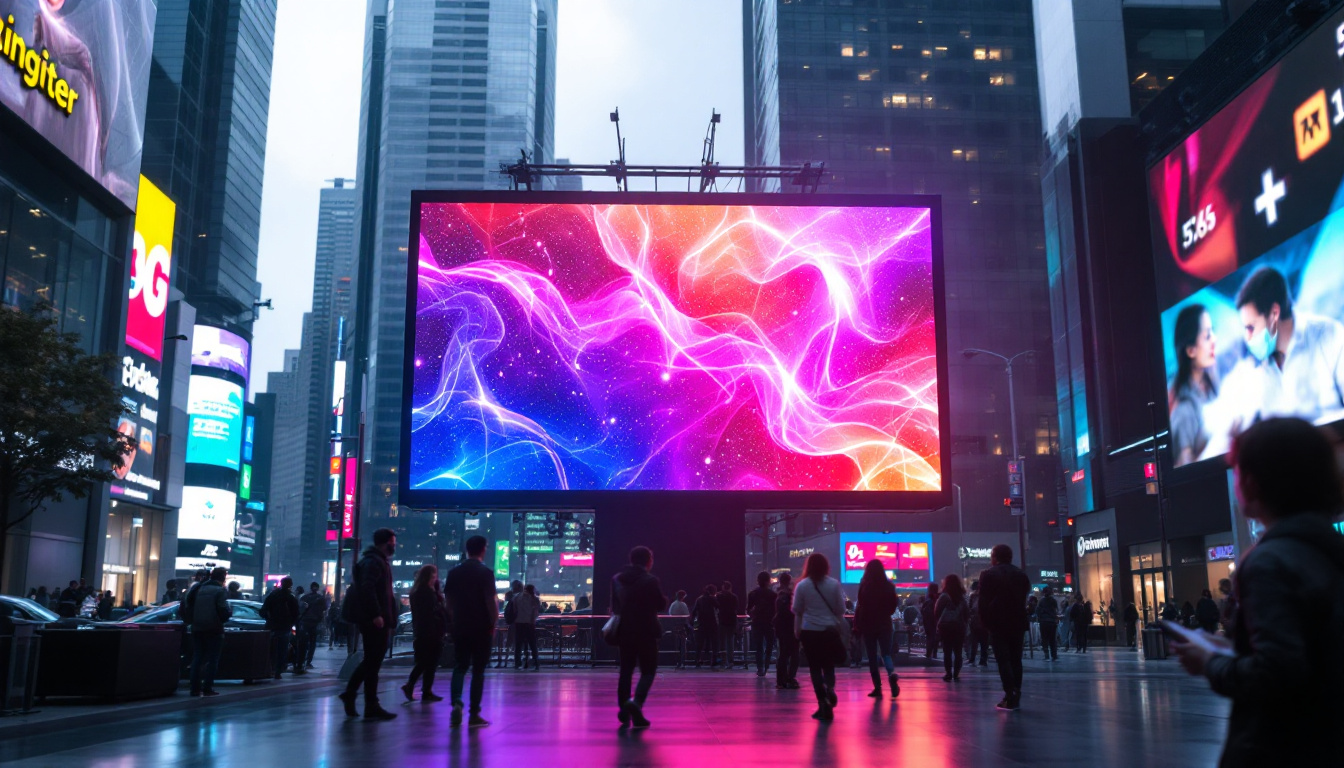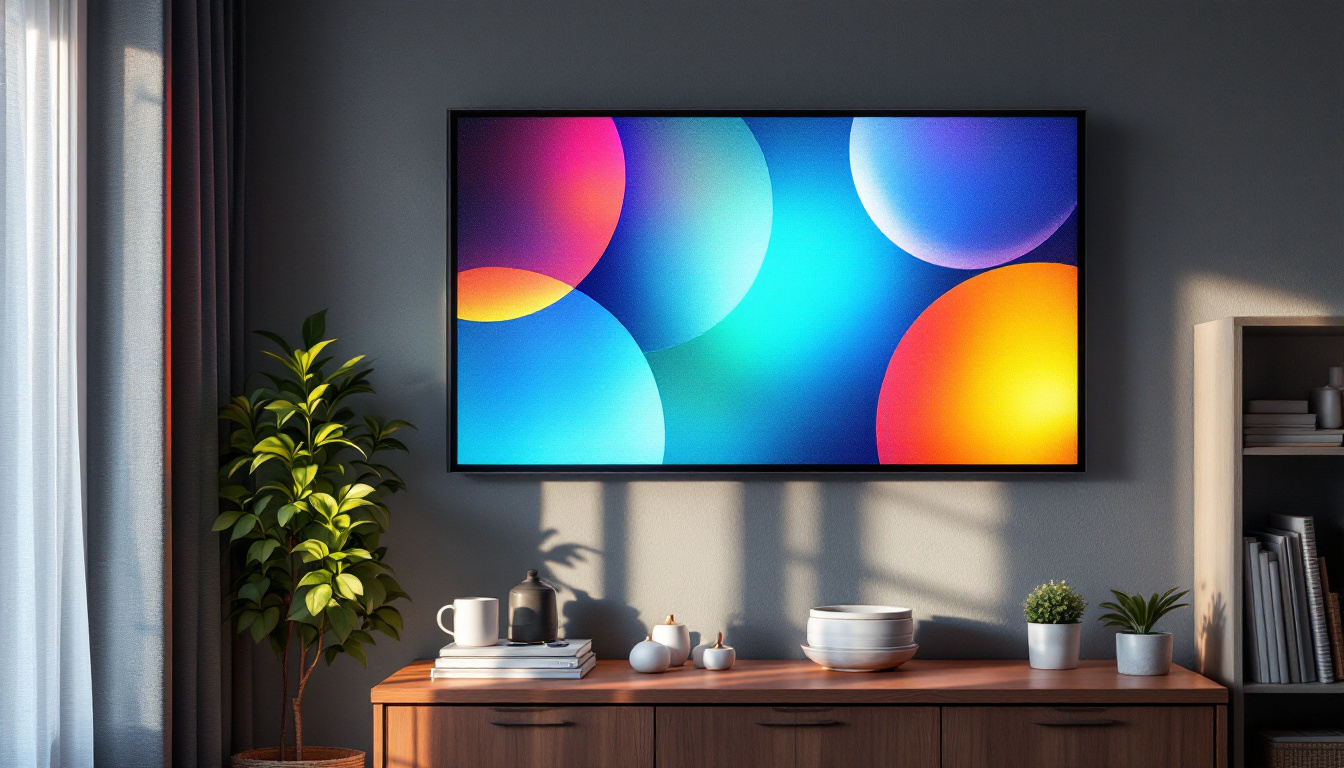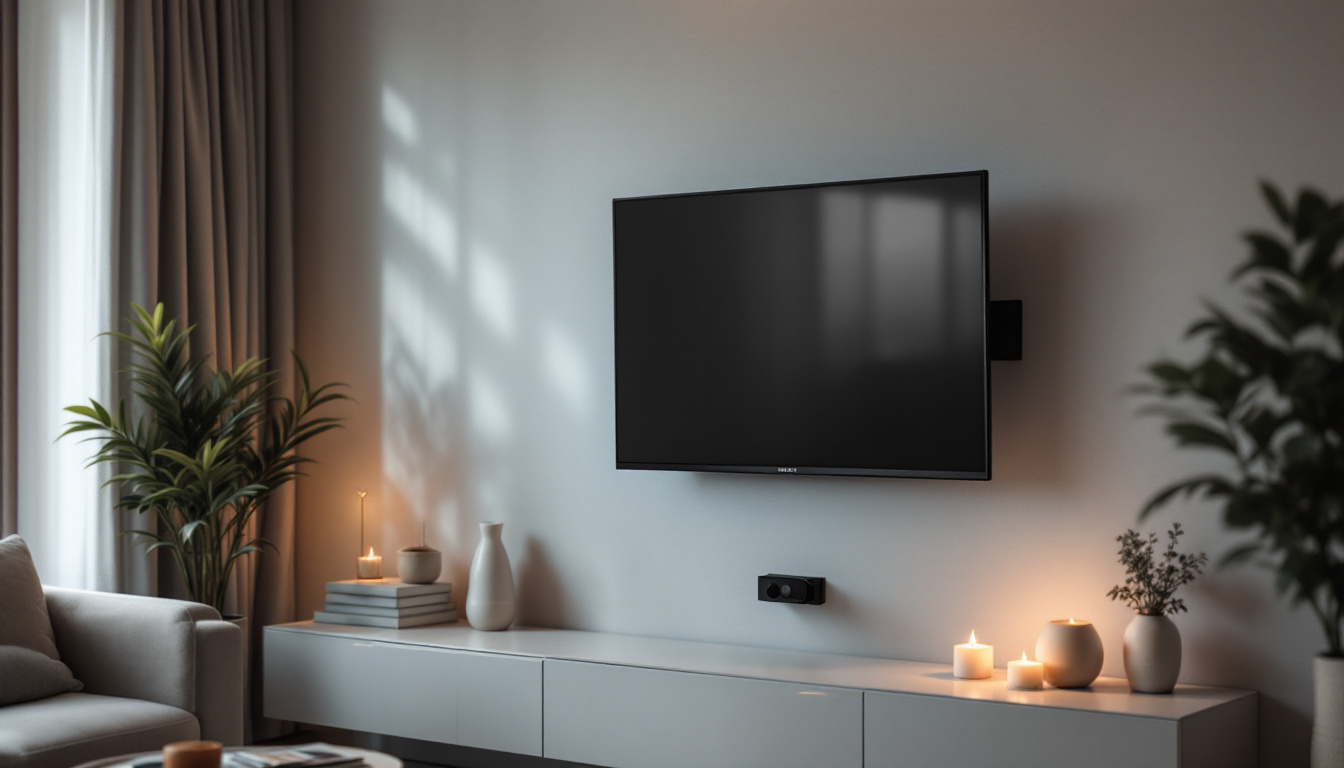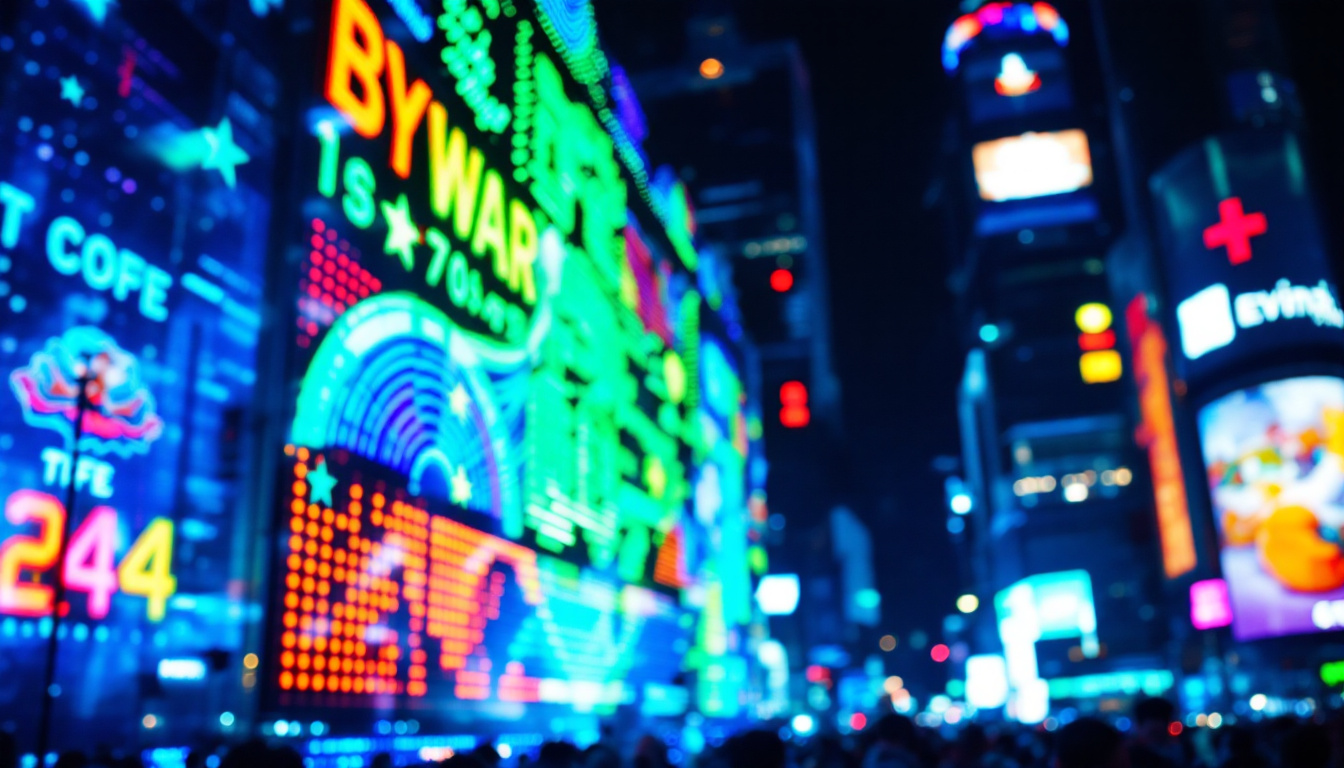In the modern era of digital communication, video wall systems have emerged as a powerful tool for displaying information, advertisements, and entertainment. These systems, often composed of multiple LED displays, create a large, cohesive visual experience that can captivate audiences and convey messages effectively. Understanding the intricacies of video wall systems, particularly LED displays, is essential for businesses and organizations looking to leverage this technology for their needs.
What is a Video Wall System?
A video wall system is a configuration of multiple screens or displays that work together to present a single image or video. These systems can vary in size and complexity, ranging from simple setups with a few screens to expansive installations featuring dozens of displays. The primary objective of a video wall is to create a larger-than-life visual experience that can engage viewers and enhance the impact of the displayed content. Video walls are increasingly popular in various settings, including corporate environments, retail spaces, public venues, and entertainment arenas, where they serve to captivate audiences and convey information in a visually striking manner.
Components of a Video Wall
At the core of any video wall system are its components. These include the displays themselves, the video processing equipment, and the mounting hardware. LED displays are the most common choice for video walls due to their brightness, color accuracy, and energy efficiency. The video processing equipment is responsible for managing the content that is displayed across the screens, ensuring that the visuals are synchronized and of high quality. This equipment can include video wall controllers and software that allow for dynamic content management, enabling operators to switch between different media types seamlessly. Finally, the mounting hardware is crucial for securely positioning the displays, whether they are arranged in a grid format or in more creative configurations. The choice of mounting solution can greatly affect the overall aesthetics and functionality of the installation, allowing for flexibility in design and layout.
Types of Video Walls
Video walls can be categorized based on the type of display technology used. The most popular types include LED, LCD, and projection-based systems. LED video walls are known for their vibrant colors and high brightness levels, making them suitable for both indoor and outdoor applications. They often feature modular designs, allowing for easy scaling and customization to fit any space. LCD video walls, while generally more affordable, may not achieve the same brightness and color depth as their LED counterparts; however, advancements in technology have led to improvements in LCD performance, making them a viable option for many installations. Projection-based video walls, on the other hand, can create large images but often require controlled lighting conditions to be effective. These systems can utilize multiple projectors to create a seamless image across a large surface, making them ideal for immersive environments such as museums or themed attractions. Additionally, some video walls incorporate interactive elements, allowing viewers to engage with the content through touch or gesture recognition, further enhancing the overall experience.
Understanding LED Displays
LED (Light Emitting Diode) displays have revolutionized the video wall industry. These displays utilize small diodes to emit light, resulting in bright and vibrant visuals. The technology behind LED displays has advanced significantly, leading to improved performance and versatility. With the ability to create large-scale screens that can be seen from great distances, LED displays are becoming increasingly popular in advertising, entertainment, and public information systems.
How LED Displays Work
LED displays work by using a matrix of individual LEDs to create images. Each pixel on the display is made up of red, green, and blue (RGB) LEDs, which combine to produce a wide range of colors. When an electrical current passes through the diodes, they emit light, allowing the display to show dynamic content. This technology enables LED displays to achieve high levels of brightness and contrast, making them ideal for various environments. Furthermore, advancements in pixel pitch—the distance between the center of one LED pixel to the center of the next—have allowed for higher resolution displays, making them suitable for close viewing distances, such as in retail spaces or conference rooms.
Benefits of LED Displays
One of the most significant advantages of LED displays is their energy efficiency. Compared to traditional display technologies, LED displays consume less power while delivering superior brightness and color accuracy. Additionally, LED displays have a longer lifespan, reducing the need for frequent replacements. Their ability to function well in both indoor and outdoor settings further enhances their appeal, making them versatile for various applications, from retail environments to large-scale events. Beyond their practical benefits, LED displays also offer enhanced flexibility in design. They can be configured in various shapes and sizes, allowing for creative installations that can transform spaces. For instance, curved LED screens can create immersive environments in theaters or exhibitions, while modular designs enable easy scaling for larger displays, catering to the specific needs of any project.
Applications of Video Wall Systems
Video wall systems have a wide range of applications across different industries. Their ability to deliver engaging content makes them suitable for various settings, including retail spaces, control rooms, corporate environments, and entertainment venues.
Retail and Advertising
In the retail sector, video walls are increasingly being used to attract customers and promote products. Large, eye-catching displays can showcase advertisements, promotional videos, and even interactive content, drawing in foot traffic and enhancing the shopping experience. Retailers can use video walls to create immersive environments that highlight their brand and products, ultimately driving sales.
Corporate and Control Room Environments
In corporate settings, video walls serve as powerful tools for presentations, meetings, and collaborative work. They can display data visualizations, video conferencing feeds, and other critical information in real-time, facilitating better communication and decision-making. Control rooms, such as those used in security and transportation management, rely on video walls to monitor multiple feeds simultaneously, ensuring that operators can respond quickly to any situation.
Entertainment and Events
Video walls have become a staple in the entertainment industry, enhancing concerts, festivals, and sporting events. They provide dynamic backdrops that can change in real-time, adding visual excitement to performances. Additionally, event organizers use video walls to display live feeds, social media interactions, and event information, creating an engaging experience for attendees.
Choosing the Right Video Wall System
When selecting a video wall system, several factors must be considered to ensure that the chosen solution meets specific needs and requirements. From the type of content to be displayed to the environment in which the video wall will be installed, careful planning is essential.
Content Type and Quality
The type of content that will be displayed on the video wall plays a crucial role in determining the appropriate technology. High-resolution images and videos require displays with sufficient pixel density to maintain clarity. For applications where text and detailed graphics are essential, investing in higher-quality LED displays may be necessary to ensure optimal visibility and legibility.
Environment Considerations
The installation environment significantly impacts the choice of video wall technology. For outdoor applications, displays must be weather-resistant and capable of withstanding direct sunlight. Indoor installations may prioritize aesthetics and viewing angles, making design and layout considerations equally important. Understanding the specific conditions in which the video wall will operate is vital for making an informed decision.
Installation and Maintenance
Proper installation and maintenance are critical to the longevity and performance of a video wall system. Engaging professional installers with experience in video wall setups can ensure that the displays are mounted securely and configured correctly.
Installation Process
The installation process typically involves several steps, including site assessment, equipment selection, and physical mounting. A thorough site assessment helps determine the optimal configuration and positioning of the displays. Once the equipment is selected, the installation team will mount the displays, connect them to the video processing equipment, and test the system to ensure everything functions as intended.
Ongoing Maintenance
Regular maintenance is essential to keep a video wall system in peak condition. This includes routine cleaning of the displays, checking connections, and updating software as needed. Many manufacturers offer maintenance contracts that provide ongoing support, ensuring that any issues are addressed promptly and minimizing downtime.
Future Trends in Video Wall Technology
The video wall industry is continually evolving, with advancements in technology leading to new possibilities and applications. As businesses and organizations look for innovative ways to engage their audiences, several trends are emerging in the realm of video wall systems.
Increased Interactivity
One of the most exciting trends in video wall technology is the integration of interactivity. Touch-sensitive displays and gesture recognition are becoming more common, allowing users to engage with the content in a more meaningful way. This interactivity can enhance the viewer experience, making the content more memorable and impactful.
Higher Resolutions and Smaller Pixel Pitch
As technology advances, the demand for higher resolutions and smaller pixel pitches continues to grow. This trend allows for more detailed images and improved viewing angles, making video walls even more effective in various applications. With advancements in LED technology, manufacturers are now able to produce displays with incredibly high pixel densities, providing crisp visuals even at close distances.
Conclusion
Video wall systems, particularly those utilizing LED displays, are transforming the way information is shared and experiences are created. Their versatility, coupled with advancements in technology, makes them an invaluable asset for businesses across various industries. By understanding the components, applications, and trends associated with video wall systems, organizations can make informed decisions that enhance their communication strategies and engage their audiences effectively.
As the demand for captivating visual experiences continues to rise, investing in a video wall system is not just a trend; it is a strategic move that can elevate a brand’s presence and impact in an increasingly digital world.
Discover LumenMatrix LED Display Solutions
Ready to take your visual communication to the next level? Explore LumenMatrix’s comprehensive range of LED display solutions, designed to captivate your audience and amplify your message. From stunning Indoor LED Wall Displays to dynamic Outdoor LED Wall Displays, and from versatile Vehicle LED Displays to innovative Custom LED Display options, LumenMatrix has the technology to transform your space. Experience the future of digital signage with our All-in-One LED Display and LED Transparent Display, and let us help you create an unforgettable visual experience. Check out LumenMatrix LED Display Solutions today and see how we can revolutionize your brand’s presence in the digital world.

